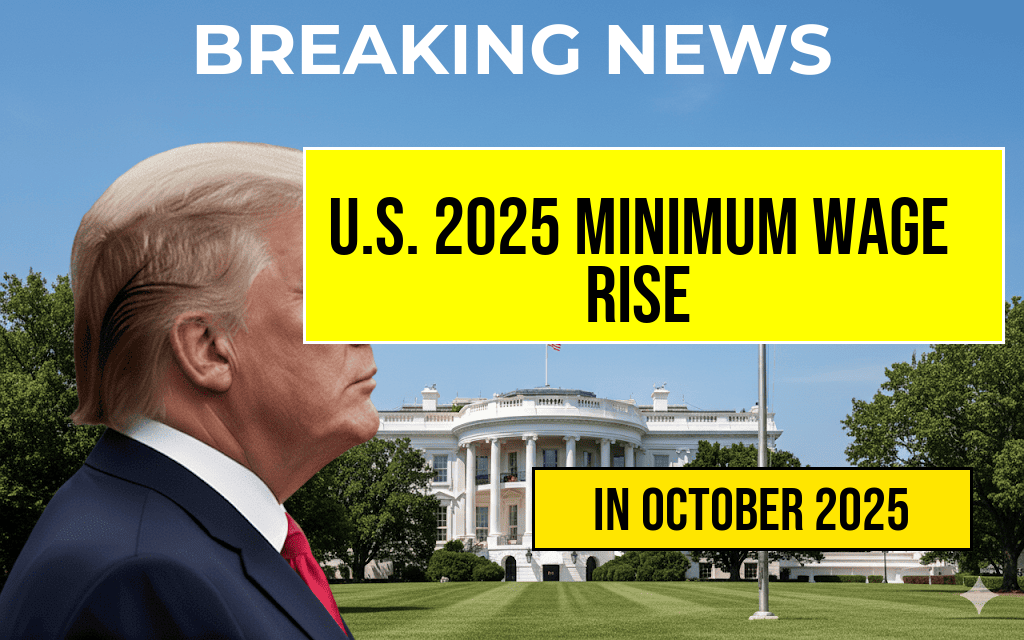Starting in October, thousands of Supplemental Nutrition Assistance Program (SNAP) recipients across several states will see a significant change as the federal government plans to eliminate emergency benefits that were temporarily added during the COVID-19 pandemic. The overhaul, announced recently by the U.S. Department of Agriculture (USDA), aims to return SNAP benefits to pre-pandemic levels, but critics warn that it could leave many vulnerable households struggling to meet basic needs. The phased removal is set to affect approximately 18 million Americans who rely on these benefits for food security, with the most substantial reductions hitting states that expanded their programs earlier. The change reflects a broader shift towards normalizing food assistance programs after unprecedented expansions, but it also raises questions about the potential impact on low-income families amid ongoing economic uncertainties.
Background of SNAP Benefit Changes
Originally designed as a safety net during economic downturns, SNAP has experienced notable changes over the past few years. During the COVID-19 pandemic, the federal government approved temporary enhancements, including increased benefit amounts and eased eligibility criteria, to mitigate the economic fallout. These adjustments provided an average increase of about 15% in benefits, with some households receiving hundreds of dollars more monthly. The temporary measures were intended to address the surge in unemployment and economic instability caused by the pandemic.
As the economy stabilizes, policymakers have decided to phase out these emergency enhancements. The USDA’s recent announcement indicates that starting October, the extra allotments will be discontinued, reverting benefits to pre-pandemic levels based on current income and household size. This shift is part of a broader effort to reduce federal spending and encourage employment among recipients, according to officials. However, critics argue that such changes could exacerbate food insecurity for vulnerable populations, especially as inflation remains high and economic recovery uneven.
States Most Affected by the Overhaul
| State | Number of Recipients Impacted | Estimated Monthly Reduction per Household |
|---|---|---|
| California | 3.5 million | $95 |
| Texas | 2.8 million | $80 |
| Florida | 1.9 million | $75 |
| New York | 1.6 million | $90 |
The most affected states are those with large populations enrolled in SNAP, especially where pandemic-era benefits were initially expanded more aggressively. These reductions could translate into hundreds of dollars less per month for individual households, potentially forcing families to make difficult choices between food, rent, and other essentials.
Policy Rationale and Criticism
Government Perspective
Officials from the USDA emphasize that the temporary enhancements were meant as an emergency response and that returning to normal levels ensures the sustainability of the program. Department spokespersons argue that the current economic climate, coupled with increased employment opportunities, reduces the need for supplemental benefits. They also highlight efforts to support employment through job training and other social programs, asserting that the changes encourage self-sufficiency among recipients.
Critics’ Concerns
Advocacy groups and economists warn that the benefit reductions could cause a spike in food insecurity, especially among children, seniors, and people with disabilities. The National Council on Aging and Feeding America have voiced concerns that many households may be pushed into deeper poverty, with some potentially facing difficult trade-offs like skipping meals or cutting back on other vital expenses.
Research indicates that even modest reductions in food assistance can significantly impact health and well-being. A report from the Urban Institute highlights that households facing benefit cuts often struggle to cover basic nutritional needs, which can lead to long-term health issues and increased reliance on emergency food services.
Potential Impact on Food Security and Broader Economy
The impending changes come amid ongoing inflationary pressures, which have driven up food prices nationwide. The combination of reduced benefits and rising costs could disproportionately affect low-income families, contributing to increased reliance on local food banks and community aid programs. Economists warn that such a shift might also have broader economic implications, including increased healthcare costs and reduced productivity due to food insecurity-related health problems.
What Recipients Should Know
- Review Your Benefits: Recipients are encouraged to check their upcoming benefit statements and understand how the changes will affect their monthly allotments.
- Seek Assistance: Those facing financial hardship are urged to explore local resources, including food banks, community organizations, and state assistance programs.
- Stay Informed: Updates from the USDA and state agencies will be essential for navigating the transition. Recipients can visit official websites or contact local offices for guidance.
As the October deadline approaches, policymakers and social advocates continue to debate the balance between fiscal responsibility and ensuring that vulnerable populations maintain access to adequate nutrition. The coming months will serve as a critical test of how economic recovery efforts align with the needs of low-income families across the country.
For more information on SNAP and ongoing policy updates, visit the USDA’s official website.
Frequently Asked Questions
Question
What is the main reason for the removal of Snap benefits for recipients in October?
Question
How will the overhaul impact current Snap recipients starting in October?
Question
Are there any exceptions or eligibility criteria that will allow some recipients to retain benefits?
Question
What alternative support programs are available for recipients affected by the benefit removal?
Question
How can recipients prepare for the October overhaul and ensure continued food assistance?








